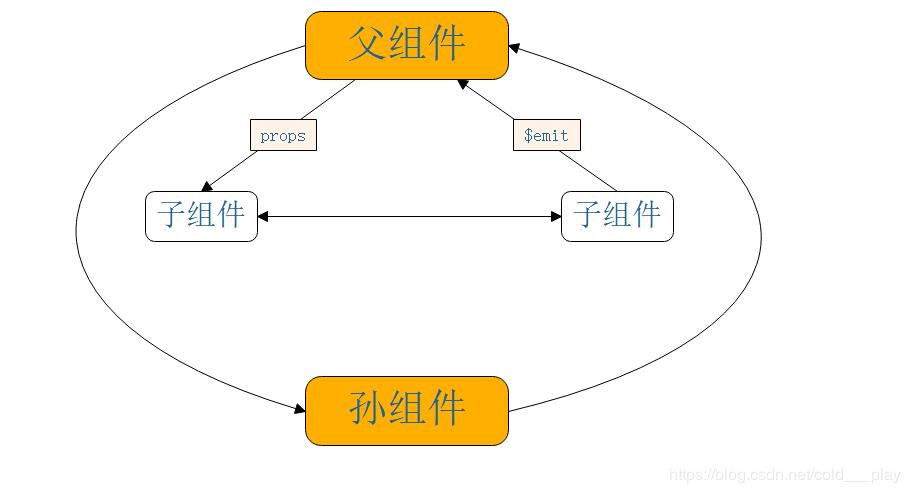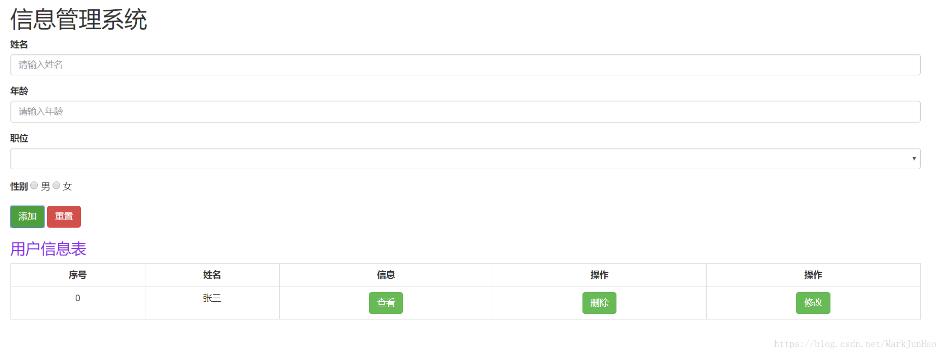前言:
跨域方案有很多种,既然我们用到了Vue,那么就使用vue提供的跨域方案。
解决方案:
1.修改HttpRequestUtil.js
import axios from 'axios'
export var baseurl = '/api'
/**
* Get请求
*/
export function get(url, callback){
console.log('测试get请求')
axios.get(baseurl+url)
.then(function (response) {
console.log(response)
callback(response.data,true)
})
.catch(function (error) {
console.log(error)
callback(null,false)
})
}
export default {
get
}
2.修改index.js
'use strict'
// Template version: 1.3.1
// see http://vuejs-templates.github.io/webpack for documentation.
const path = require('path')
module.exports = {
dev: {
// Paths
assetsSubDirectory: 'static',
assetsPublicPath: '/',
proxyTable: {
'/api': {
target: 'http://127.0.0.1:8088',//设置你调用的接口域名和端口号 别忘了加http
changeOrigin: true,
pathRewrite: {
'^/api': 'http://127.0.0.1:8088'//这里理解成用‘/api'代替target里面的地址,后面组件中我们掉接口时直接用api代替 比如我要调用'http://40.00.100.100:3002/user/add',直接写‘/api/user/add'即可
}
}
},
// Various Dev Server settings
host: 'localhost', // can be overwritten by process.env.HOST
port: 8090, // can be overwritten by process.env.PORT, if port is in use, a free one will be determined
autoOpenBrowser: false,
errorOverlay: true,
notifyOnErrors: true,
poll: false, // https://webpack.js.org/configuration/dev-server/#devserver-watchoptions-
/**
* Source Maps
*/
// https://webpack.js.org/configuration/devtool/#development
devtool: 'cheap-module-eval-source-map',
// If you have problems debugging vue-files in devtools,
// set this to false - it *may* help
// https://vue-loader.vuejs.org/en/options.html#cachebusting
cacheBusting: true,
cssSourceMap: true
},
build: {
// Template for index.html
index: path.resolve(__dirname, '../dist/index.html'),
// Paths
assetsRoot: path.resolve(__dirname, '../dist'),
assetsSubDirectory: 'static',
assetsPublicPath: '/',
/**
* Source Maps
*/
productionSourceMap: true,
// https://webpack.js.org/configuration/devtool/#production
devtool: '#source-map',
// Gzip off by default as many popular static hosts such as
// Surge or Netlify already gzip all static assets for you.
// Before setting to `true`, make sure to:
// npm install --save-dev compression-webpack-plugin
productionGzip: false,
productionGzipExtensions: ['js', 'css'],
// Run the build command with an extra argument to
// View the bundle analyzer report after build finishes:
// `npm run build --report`
// Set to `true` or `false` to always turn it on or of
bundleAnalyzerReport: process.env.npm_config_report
}
}
proxyTable: {
'/api' : {
target: 'http://127.0.0.1:8088' , //设置你调用的接口域名和端口号 别忘了加http
changeOrigin: true ,
pathRewrite: {
'^/api' : 'http://127.0.0.1:8088' //这里理解成用‘/api'代替target里面的地址,后面组件中我们掉接口时直接用api代替 比如我要调用'http://40.00.100.100:3002/user/add',直接写‘/api/user/add'即可
}
}
},
总结
以上所述是小编给大家介绍的vue引入axios同源跨域问题,希望对大家有所帮助,如果大家有任何疑问请给我留言,小编会及时回复大家的。在此也非常感谢大家对网站的支持!
以上就是vue引入axios同源跨域问题。以前以为坚持就是永不动摇,现在才明白坚持是犹豫着,退缩着,心猿意马着,但还在继续往前走。更多关于vue引入axios同源跨域问题请关注haodaima.com其它相关文章!





